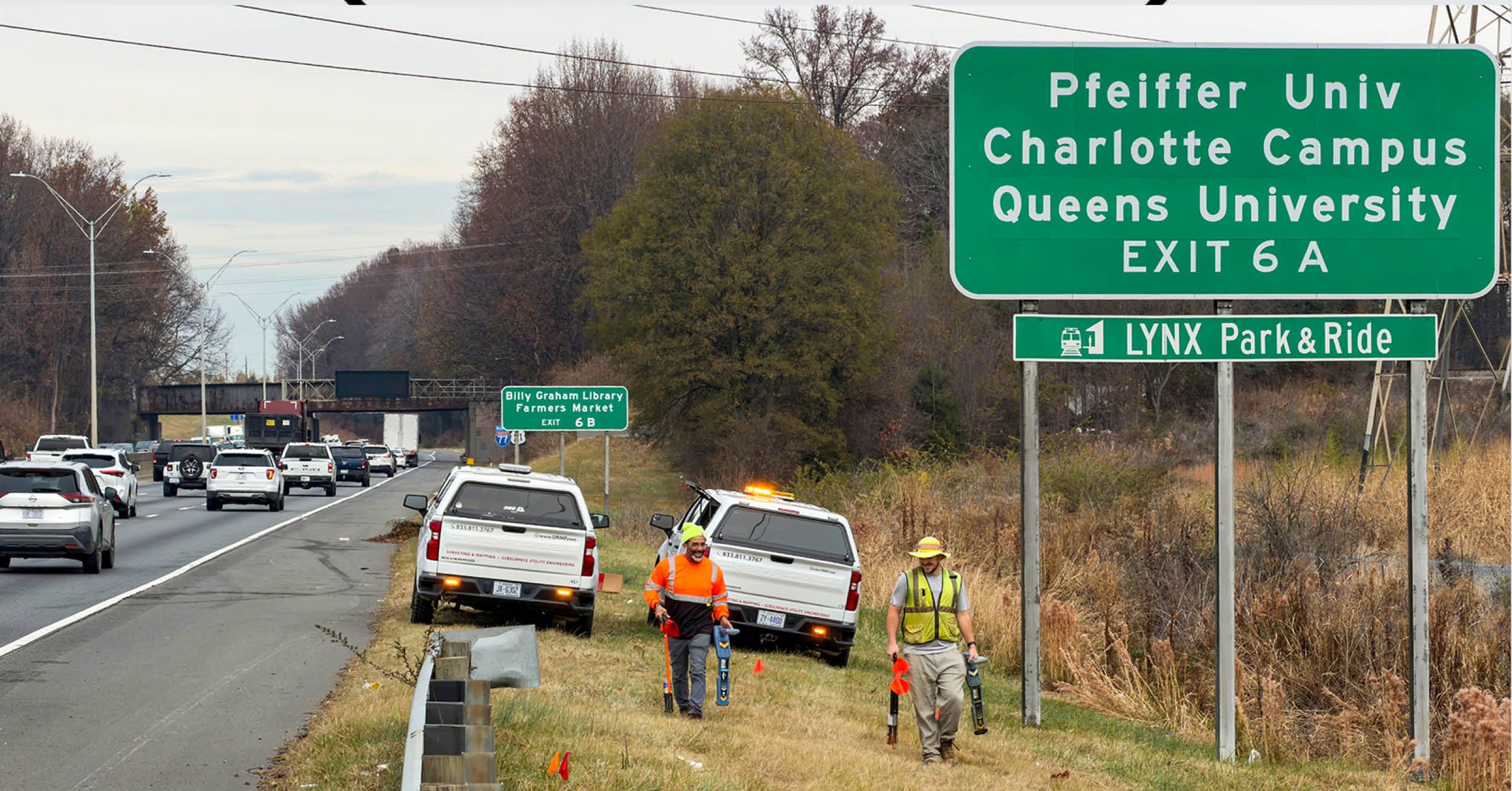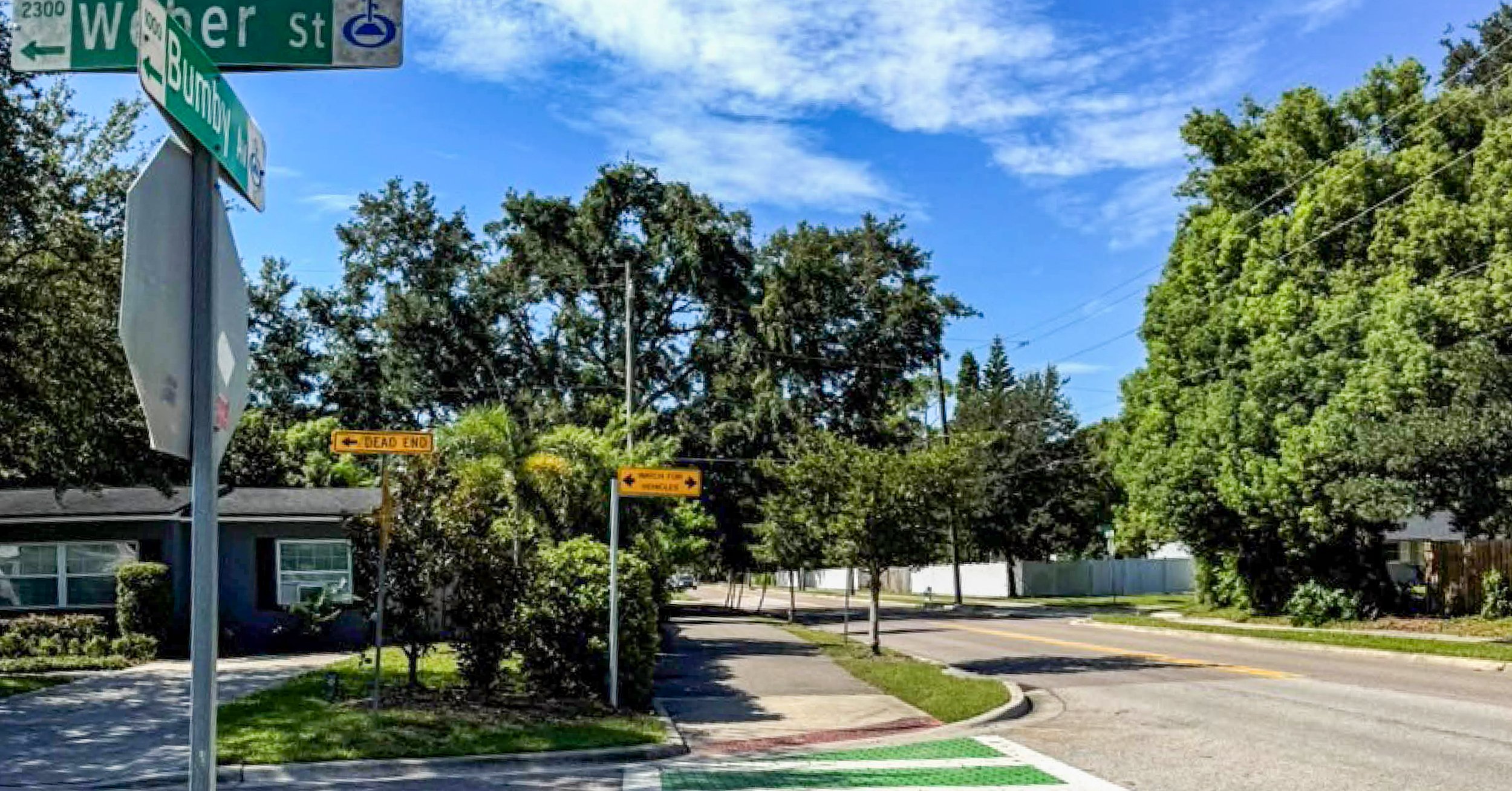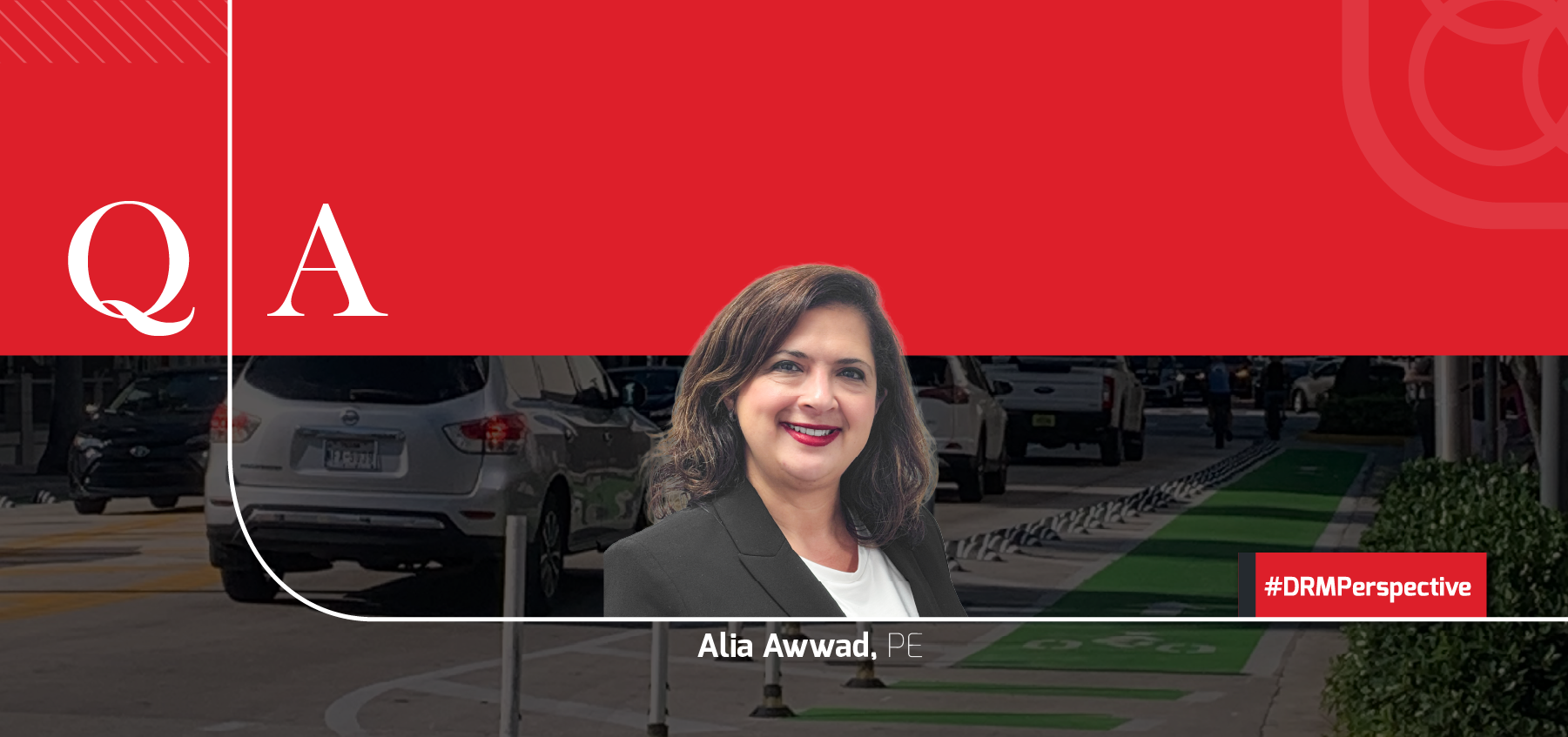Sustainability continues to play a role in business across many industries, including the A/E/C industry. So much so that DRMP, along with other leading organizations and firms, is expanding its investment in resources to discover more ways to not only incorporate more sustainable designs in our projects but incorporate them in the way we operate and serve our communities. As a Leadership in Energy and Environmental Design Accredited Professional in Neighborhood Development (LEED AP ND), I have been lucky enough to be supported by this company that not only believes in what I do but also understands the importance of sustainability in our everyday life. Through the firm’s investment and commitment, I, along with other DRMP colleagues took advantage of obtaining sustainability certifications like LEED and Envision Sustainability Professionals (ENV SP) certifications. DRMP has a fair share of LEED members like our President/CEO Larry Smith Jr. PE, LEED GA, and ENV SP professionals with more certifications on the way. I also have the honor of co-leading the firm’s Sustainability, Philanthropy, and Community Involvement Committee.
Sustainability and The Role of the Engineer
I believe engineers play a critical role in the future of sustainability and its integration into sustainable development and everyday resources. By protecting our ecosystem and preserving our natural resources for future generations and developing sustainable infrastructure solutions, engineers are instrumental in developing a more sustainable future for the A/E/C industry as a whole. The LEED certification is the most widely used green rating system in the world, according to the U.S. Green Building Council (USGBC). It was created to motivate engineers, architects, and planners to build and help create more sustainable projects in their respective fields while at the same time mitigating the impact of urban sprawl.
I can safely say that the hardest part about getting certified is not the process of doing it but simply getting started and staying motivated to see the bigger picture. I think that this certification helps us, engineers, get closer to the necessities our society/community needs without compromising the needs of future generations. In adopting a more sustainable work environment, engineers constantly face multiple challenges. We are often looked at as the contributors of options and solutions to magnify social value and decrease environmental impact. Using our expertise and drive to get certified means having the opportunity to lead by example.
More Sustainability Requirements Up Ahead
Ten years ago, I obtained my LEED AP ND certification, and each year when I renew my credentials I learn something new along the way. As a Vice President and Southwest Florida Office Leader, I’ve had to understand how to use my credentials to be flexible and innovative in order to maximize and translate this to my team and the projects I manage. My sustainability knowledge, along with my water resources/stormwater and transportation engineering experience has allowed me to work on a variety of projects that require green infrastructure. We are currently designing a $20 million multimodal transit facility in downtown Clearwater, Fla. that will be LEED Platinum certified, the highest level of LEED certification. For the project, both the site and the building will incorporate multiple LEED components to achieve credentialing. According to the USGBC, to achieve LEED certification, a project earns points by adhering to prerequisites and credits. Projects go through a verification and review process and are awarded points that correspond to a level of LEED certification from 0 to 80 points. I also support various educational clients like the University of South Florida and the University of Central Florida who are now requiring that their projects be certified in either LEED AP or the Envision Rating System, a framework that promotes sustainable planning, design, and delivery of resilient and equitable infrastructure through education, training, and third-party project verification.
Sustainability Beyond the Projects
As a Vice President and Office Leader, I’ve had the opportunity to manage different kinds of projects and because I’ve maintained my credentials, I have been able to approach projects from a different perspective – the sustainability one. The LEED AP ND credentials give engineers the ability to continue learning while pushing us to find ways to be more sustainable in the work we do. DRMP professionals have the ability to pursue this certification and gain a great set of useful technical skills that can be showcased in multiple ways.
In addition to understanding the benefits that the LEED AP ND credentials can achieve, maintaining these credentials also has an impact on our growth as a firm as well as an industry. As we strategically expand and gain more growth opportunities, DRMP’s Strategic Plan is to build a better society through philanthropy, community service, and sustainability.
As a leader of our Sustainability and Philanthropy Committee, we are devoted to developing SMART (Specific, Measurable, Achievable, Relevant, and Timely) goals for our employees, the work we perform, and most importantly for our communities. Maintaining the LEED AP ND credentials is essential for A/E/C professionals not only for our clients’ projects but to help future generations of engineers understand how important it is. We are constantly on the lookout for more professionals to actively promote sustainability because it’s becoming more evident that LEED is a substantial component of our future. DRMP is also in the process of developing an Environmental Social and Governance (ESG) report in which we will be able to measure social and environmental impact rather than just solely focusing on the financial and profit side. The triple bottom line considers profit, people, and the planet.
Sustainability is no longer a good idea, but a necessary focus for our clients and the A/E/C industry. DRMP has and will continue to invest in sustainability initiatives to help our clients and our communities. I’ve gained so much by taking the step to obtain my LEED AP ND, with DRMP’s support, and make an impact for my clients and our communities. I urge any engineer who has the chance to take advantage of opportunities to learn about and incorporate sustainability in their projects and beyond.
Scott Garth, PE LEED AP ND, serves as a Vice President in DRMP’s Water Resources Division and is Tampa Office Leader.
Share This Page





















